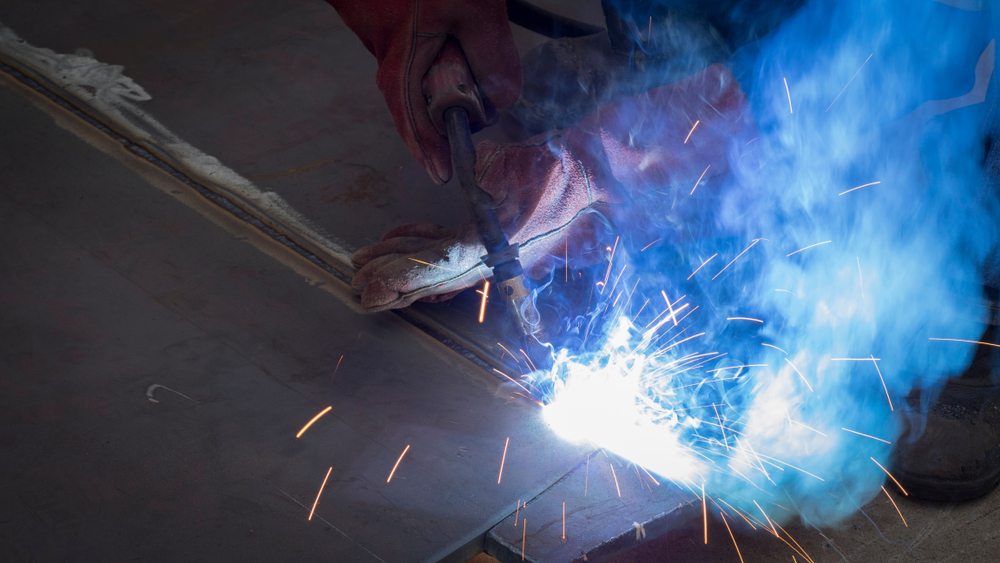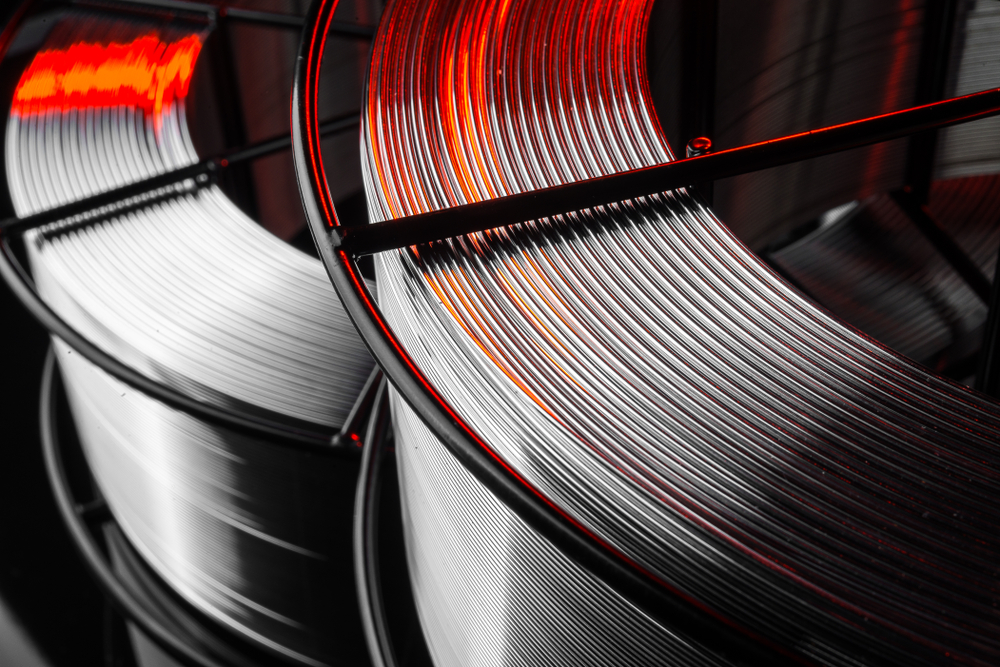MIG Welder Machine Issues: Mig Welding Wire Feed Issues and How To Fix Them
Like any piece of machinery, MIG welders also come with their fair share of troubles that need to be addressed in a timely fashion.
One of the most commonly occurring issues involves MIG welder wire feed problems.
If the wire in your MIG welder is not feeding properly, you may experience frustration and burnout, which can negatively affect the progress of your work.

Poor wire feeding
Poor wire feeding is among the most common challenges that a MIG Welding operator deals with on a daily basis. Wire feeding issues can lead to increased downtime, premature wearing of consumables, and an overall weld quality that can be very poor in appearance and strength. There are several different issues that can lead to poor wire feeding. Although the most common assumption can be that the filler metal is the source of the problem, there are many other contributing factors that could also be the cause. Below are some of the most common causes of wire feeding issues in MIG welding.
Incorrect size or style of drive roll
Incorrect size or style of drive roll is one of the most common sources of poor wire feeding. The drive roll size needs to match the size of the welding wire being utilized. Using the correct style of drive roll is also a common problem. There are several different styles of drive rolls to match the wire being used for a particular type of MIG welding. A standard V-shaped drive roll is the best choice for solid MIG wires, while a knurled drive roll is the best choice for cored wires. U Groove drive rolls should be utilized for aluminum welding projects. Make sure to research the process and employ the correct drive rolls for specific welding projects.
Proper drive roll tension
Proper drive roll tension is also an important component of the MIG welding process necessary for smooth wire feeding. An excessive amount of drive roll pressure can cause the wire to be crushed and produce “flaking” of the wire which can contribute to the gun liner becoming clogged with the debris. It will also cause the wire to produce a “cast” (curling of the wire) which will lead to premature tip wear. Wire drive roll pressure that is too little can cause slippage of the wire so that it cannot be fed at the proper speed and can cause burn-back at the tip.

Worn wire guides
Worn wire guides can cause major wire feeding issues as well. A worn guide can cause the wire to bind up in the guide and may cause bird nesting in the wire feeder. It can also cause the drive rolls to slip on the wire due to the binding of the wire in the worn groove of the wire guide.
Worn or dirty MIG gun liners
Worn or dirty MIG gun liners are also one of the more common causes of wire feeding problems. Operators should check to ensure that the MIG gun liner is cut to the proper length. The MIG gun liner also needs to be the proper size and style for the weld wire used for a particular weld process. Using the wrong type or size of liner can lead to wire feeding issues. Operators should also check the MIG gun liners on a regular basis for the buildup of any dirt or debris inside the liner. A dirty or clogged liner can make feeding of the wire become very difficult and leads to several different welding issues like burn-back, excessive and premature consumable wearing and wire slippage in the drive rolls. Blowing out the MIG gun liner with shop air on a regular basis will extend the life of the liner and help to minimize wire feeding issues.
Contact tip and diffuser wear
The contact tip and diffuser can wear down and get dirty as they are used for the MIG welding process. As the contact tip wears, the tip will develop a key-hole wear pattern (the hole will become an oblong shape) and this leads to the wire loosing contact with the surface of the tip which causes conductivity issues and poor welds. The wearing of a tip will also cause small balls of spatter to fuse inside the contact tip over time, which can lead to burn back and poor wire feeding. Checking the tip should be one of the first things an operator should check if they are experiencing wire feeding issues.

First Aid for Wire Feed Troubles
We strongly believe in both top-to-bottom and bottom-to-top problem-solving approaches.
Hence, we have also put together a list of potentially occurring problems during your use of the MIG welder.
These are followed by solutions that involve either replacing, adjusting, or cleaning certain regions to resume working flawlessly with the MIG welder.
If you see any of these issues with your MIG wire feed welding machine, follow the first aid guidelines given below for a speedy recovery:
1. Birds’ Nests
- Clean the wire feed liner with bursts of compressed air.
- Remove obstruction from contact tip.
- Adjust the tension on the drive roll.
2. Drive Roll Slipping
- Adjust the spool hub tension.
- Change and match the contact tip to the wire feed.
- Adjust the tension in the drive roll.
3. Inconsistent Arc
- Release tension from the spool hub.
- Change the contact tip and replace it with one matching the diameter of the wire being used.
- Adjust the drive roll tension.
4. Burn Back Effect
- Check if the spool wire is binding.
- Adjust the tension in the drive rolls.
- Release tension from the spool hub.
- Replace the contact tip to match the diameter of the wire being used.
5. Wire Feed Not Passing Through
- Replace the contact tip.
- Replace the gun liner.
Conclusion
MIG welder wire feed problems are a direct reflection of how well you maintain and look after your MIG wire feed welding machine.
The proper and timely maintenance of the machine, as well as choosing the best consumables, can go a long way in determining the quality of weld it is capable of undertaking.
In the end, wire feed problems are manageable.
If not contained, though, they may lead to costly repercussions, including replacing expensive parts, such as the welding wire, the contact tips, and the gun liner.


